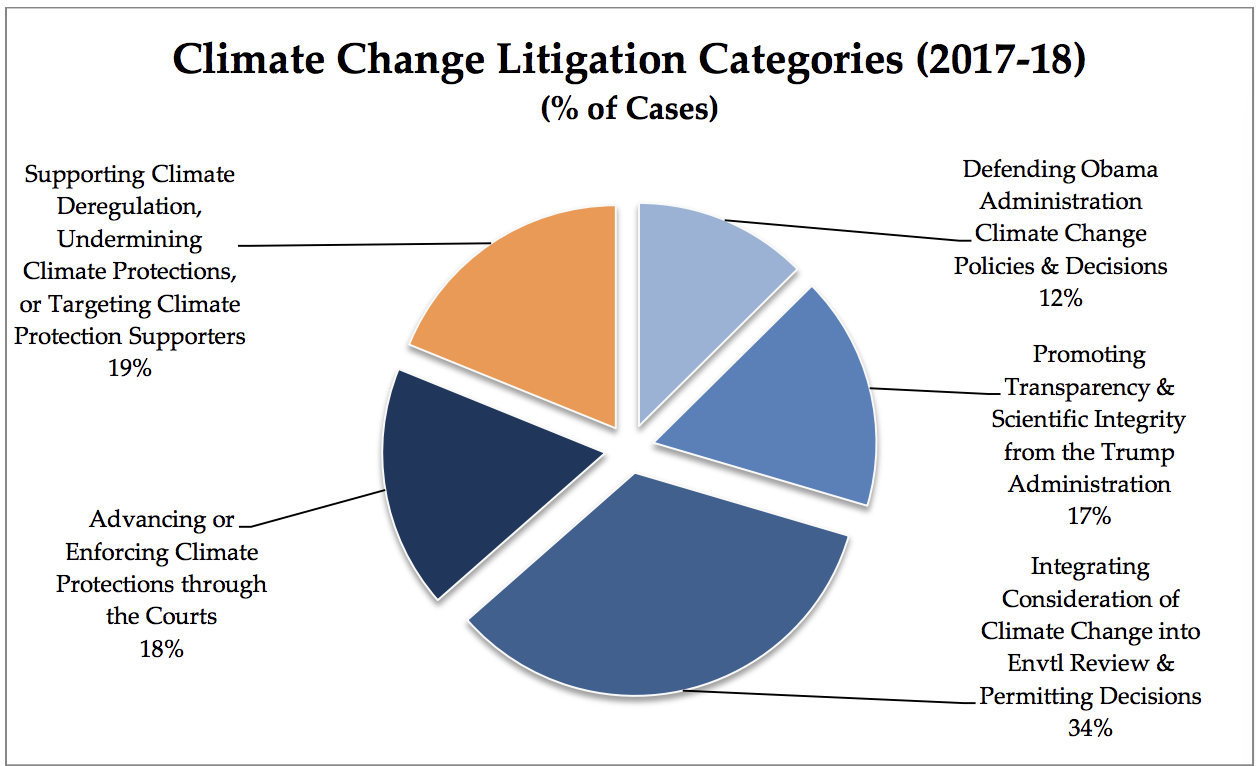by Cathy Li
The Center for Climate Change Law has compiled a database examining the treatment of water-related issues in all Final Environmental Impact Statements (EIS) reported to EPA from January 1 to September 30, 2012. The database, available here, comprised of 149 FEISs, details the extent to which federal agencies address topics related to water use. An accompanying white paper, available here, analyzes the trends and patterns represented in that database.
A previous report published by CCCL in July 2012, “Consideration of Climate Change in Federal EISs, 2009-2011,” available here, examined the varying degrees to which federal agencies addressed climate change and greenhouse gas emissions in their EISs. The new report concerning water-related issues is based on the same methodology.
The analysis finds that, due to the lack of binding centralized guidelines from EPA or CEQ, there exists a wide divergence in the methods different agencies undertake to address these issues. Consideration of water usage varies largely based on project type and leading agencies. The U.S. Army Corps of Engineers and Bureau of Land Management were the most comprehensive in their discussion on water usage. EISs for large-scale construction projects most often included quantitative discussion of amounts of water uses, as well as the full life cycles of operational impacts. Other types of actions, such as land management plans and restoration projects, often neglected to address water consumption needs or offered only a brief qualitative mention.
On the whole, EISs suffer from a lack of consideration of the bidirectional effects of climate change. Impacts from the project on the surrounding environment are addressed, but impacts from the environment on the project remain lacking, even though this will become of increased importance in areas with too little water (such as the American Southwest), as well as those facing increasing coastal hazards related to sea-level rise. While some EISs do mention these phenomena, few prepare an actual plan of action to mitigate these effects.



